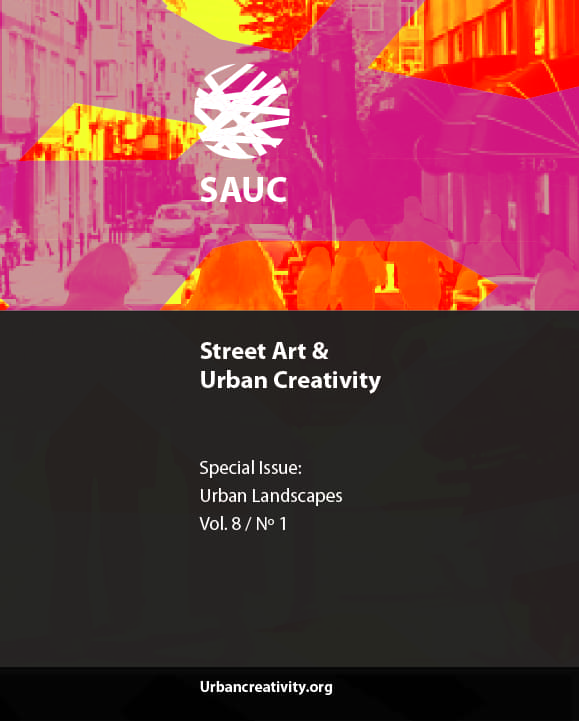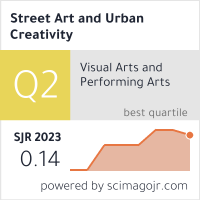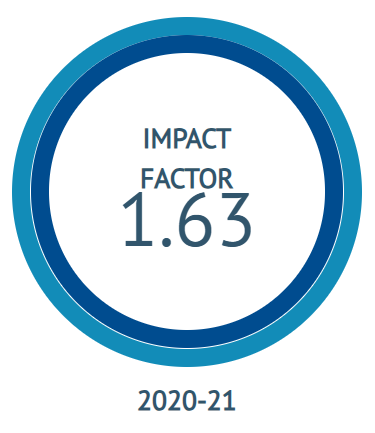Interpretations and Comparisons of Pedestrian Movement and Land Use Activities in Kadıköy Region Using Space Syntax Method
DOI:
https://doi.org/10.25765/sauc.v8i1.585Palabras clave:
pedestrian movement; space syntax; land use effects; İstanbulResumen
Prevailing theories of urban form suggest that pedestrian movement characterizes land uses, which in turn take advantage of 'natural movement' generated by the grid configuration. The present paper investigated a configurational method of the urban grid for transit movement and as the main generator of movement patterns. A morphological method, namely space syntax analysis, was employed in the Kadıköy region, with an aim to understand, how the pedestrian movement was generated via a vis the urban layout. Axial analyses include defining the central cores of the settlement and determining the most intense movement in those centers, whereas segment analysis determines the scales and limits of the movement towards the points in such centers. Accordingly, axial maps were developed and analyzed in order to forecast the general functioning of Kadıköy grid. Measures of ‘axial integration’ for properties of the grid and segment analyses in micro-spatial characteristics of Kadıköy were used to investigate transit movement with an aim to gain an insight into movement patterns. Furthermore, correlation of segment and axial analyses were also performed to better simulate the movement. The present paper aimed to investigate the density of pedestrian movement by the characteristics and syntactic properties of urban space that identified limitations in the prediction of movement.
Descargas
Estadísticas globales ℹ️
|
233
Visualizaciones
|
66
Descargas
|
|
299
Total
|
|
Descargas
Publicado
Cómo citar
Número
Sección
Licencia
Los autores/as que publiquen en esta revista aceptan las siguientes condiciones:
- Los autores/as conservan los derechos de autor.
- Los autores/as ceden a la revista el derecho de la primera publicación. La revista también posee los derechos de edición.
- Todos los contenidos publicados se regulan mediante una Licencia Atribución/Reconocimiento-SinDerivados 4.0 Internacional. Acceda a la versión informativa y texto legal de la licencia. En virtud de ello, se permite a terceros utilizar lo publicado siempre que mencionen la autoría del trabajo y a la primera publicación en esta revista. Si transforma el material, no podrá distribuir el trabajo modificado.
- Los autores/as pueden realizar otros acuerdos contractuales independientes y adicionales para la distribución no exclusiva de la versión del artículo publicado en esta revista (p. ej., incluirlo en un repositorio institucional o publicarlo en un libro) siempre que indiquen claramente que el trabajo se publicó por primera vez en esta revista.
- Se permite y recomienda a los autores/as a publicar su trabajo en Internet (por ejemplo en páginas institucionales o personales), una vez publicado en la revista y citando a la misma ya que puede conducir a intercambios productivos y a una mayor y más rápida difusión del trabajo publicado (vea The Effect of Open Access).













